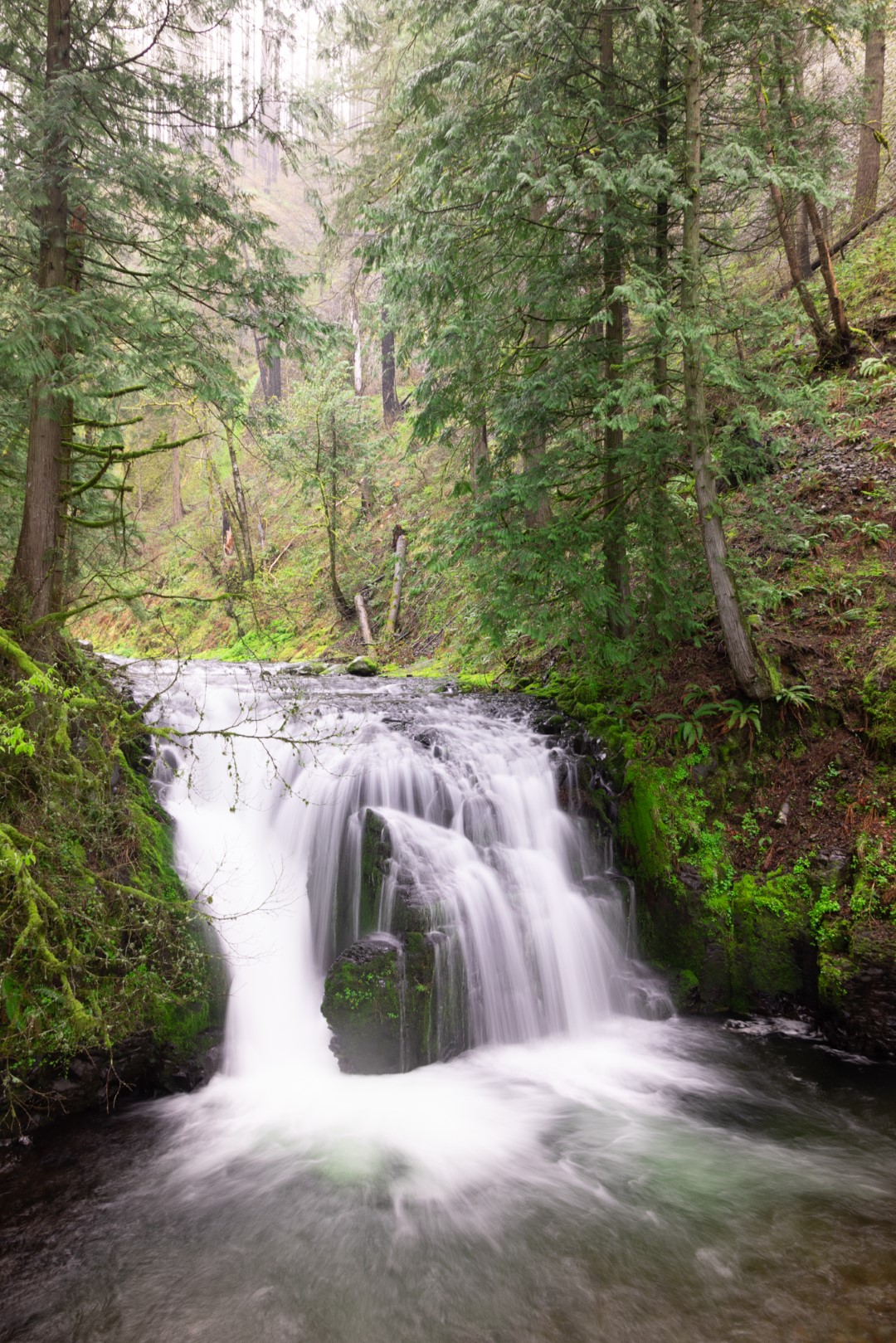Inspired by color-enhancing sunglasses designed for color blind people, Kolari made the Iridium filter with similar science in mind. We named it after the element that forms compounds in rainbow colors as a nod to how the filter’s glass appears.
For most people, there are color receptors in the eye called “cones” that pick up on red, green, or blue light. Once the cones are activated, the information travels through your nerves and brain, and its combinations are what create the perception of all colors. Since the cones only pick up on red, green, and blue, manufacturers can manipulate these wavelengths of light as they enter the glass. Some wavelengths may be blocked, allowing the other colors to appear more vibrant in comparison. Color-enhancing glass act as a notch or band-stop filter by blocking specific wavelengths.
This new Kolari filter works by blocking the in-between, ambiguous colors, allowing true reds, greens, and blues to shine through. By doing this, the Iridium filter can be used for both scientific imaging and artistic applications.
In scientific applications, isolating the reds, greens, and blues out of the camera with a single filter can assist in crop analysis or be used for absolute color measurements. Similar to how the NDVI filters work for agriculture, the Iridium filter can be useful for research by showing the different colors of healthy or unhealthy plants. It can also prove helpful for machine vision applications to enhance the absolute intensity of color readings.
The Iridium filter has different effects for artistic applications depending on the camera being used. For most cameras, using this filter will boost saturation, and colors will become more vibrant right out of camera. When shooting with people, colors remain relatively natural across different skin tones and may appear slightly warmer than without the filter. This warmth can easily be adjusted if desired in post.
In the first image, the foliage looks nice, but you can see a stronger saturation of the green in the second image with the Iridium filter.
For use as an infrared filter:
If you’re already familiar with Kolari Vision, you may already know about infrared shooting. If you’re not familiar, check out our article on How to Get Started with Infrared Photography. When used with a full spectrum modified camera, the Iridium filter will look similar to a channel swapped 720nm filter. Think white trees with relatively natural skin tones.
*Trying to shoot IR? Check out our Full Spectrum Conversion pages, Infrared Conversion pages, or our Converted Cameras section to get started.
To stay up to date on new releases and updates, be sure to subscribe to our newsletter.
Visit our shop to learn more about our filters and other products to see if there’s something there for you.















